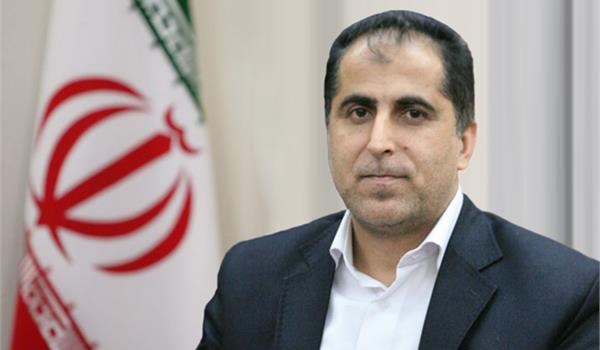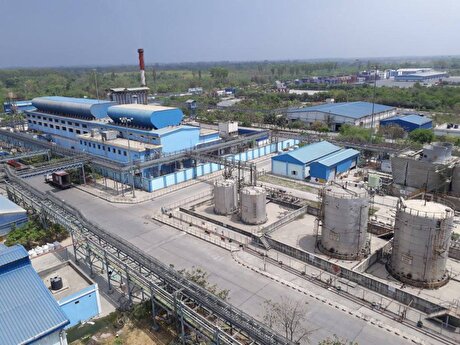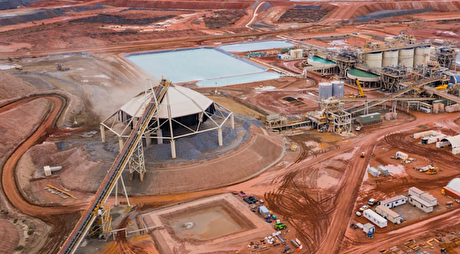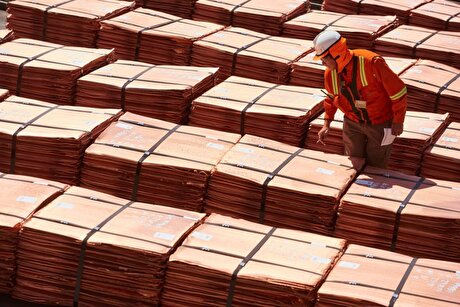
Iran to Launch 4 Satellite Stations

Barari made the remarks in a meeting with West Azarbaijan province's Governor-General Mohammad Mehdi Shahriari in Orumiyeh on Sunday.
"One of these stations will be set up in the town of Salmas," he added.
Barari underlined the ground terminals' important role in monitoring the satellites and providing service to the satellites of other countries, and said, "The ISA is paving the ground for cooperation with Iraq, Azerbaijan Republic and Turkey."
He described development of space infrastructures and development of satellite ground stations as priorities of the ISA.
In relevant remarks earlier this month, Head of Iran's National Space Center Manouchehr Manteqi praised his country for standing atop space powers in West Asia and among the 11 countries of the world with advanced space technology.
Manteqi said that Iran has ranked 11th among the world states with advanced space technology in the past two years, adding that had there been no problems in terms of financial resources and US sanctions, the country would have even advanced in the international standing in the last year ranking.
Iranian aerospace industries and centers have suffered from sanctions since the victory of the Islamic Revolution in 1979 to block Iranian entities' progress on the international scene, he said, but meantime added that the very same problem has helped the country to be 100% self-sufficient.
Because of sanctions our space technology is quite indigenous and accordingly immune to further sanctions on the country, reiterated Manteqi.
Also, earlier this month, Head of the Iranian Space Agency (ISA) Morteza Barari said that his country would soon send 3 new satellites into orbit, boasting that the US sanctions against Tehran have failed to block Tehran's access to the complete cycle of space technology.
Speaking at a meeting on Space-based entrepreneurship, Barari boasted his country’s advancements in the field of aerospace and space technologies.
The official reminded that Iran launched 2 satellites last year, adding that Tehran is determined to send 3 new satellites into orbit by the end of the current local calendar year on March 20, 2020.
He said that the 4th industrial revolution is taking place, adding that Tehran is sparing no effort to create 500,000 new jobs based on space-related technologies.
Last month, Scimago Institutions Rankings, a science evaluation source to assess worldwide universities and research-focused institutions, reported that Iran ranked first in the Middle-East in the development of aerospace engineering in 2018.
Aerospace engineering is the primary field of engineering concerned with the development of aircraft and spacecraft. It has two major and overlapping branches of aeronautical engineering and astronautical engineering.
Based on the report, Iran stood atop the Middle-Eastern states in aerospace engineering with 486 documents, 441 citable documents and 516 citations in international papers.
The report added that Iran has outpaced Turkey, Israel (Occupied Palestine), Saudi Arabia, Egypt, Iraq, the UAE and Jordan in aerospace engineering in the Middle-East in 2018.
Iran is one of the 9 states building satellites beside the US, Russia, Europe and Canada.
Iran in February 2017 unveiled two new home-made satellites of Nahid 1 and Amir Kabir as well as a space tug built for the first time in the country.
The three space crafts were unveiled in a ceremony participated by Iranian President Hassan Rouhani in Tehran on the occasion of the Space Technology Day in Iran.
Nahid 1 is a telecommunication satellite built in the Iranian Space Research Center.
Payam-e Amir Kabir has been designed and built in Amir Kabir University of Technology and is capable of taking images with a precision better than 40 meters.
Meantime, Saman 1 space tug which has been manufactured for the first time in the country is used to transfer the satellites from Low Earth orbit (LEO) to higher-energy orbits.
Also, Manteqi announced in October that the country planned to cooperate with Russia in sending men into space for the first time.
"Because sending human being into space needs lots of expenses, and different countries use each other's possibilities, and at present, Russia's possibilities are almost complete, we have decided to do the mission in cooperation with Russia," Manteqi told reporters in Tehran.
Iran has previously sent Simorgh satellite and Pajouhesh explorer into the orbit in recent years.


Hindustan Zinc to invest $438 million to build reprocessing plant

Gold price edges up as market awaits Fed minutes, Powell speech

Gold Fields nears $2.4B Gold Road takeover ahead of vote

Glencore trader who led ill-fated battery recycling push to exit

UBS lifts 2026 gold forecasts on US macro risks

Roshel, Swebor partner to produce ballistic-grade steel in Canada

EverMetal launches US-based critical metals recycling platform

Iron ore price dips on China blast furnace cuts, US trade restrictions

Cleveland-Cliffs inks multiyear steel pacts with US automakers in tariff aftershock

Trump raises stakes over Resolution Copper project with BHP, Rio Tinto CEOs at White House

US seeks to stockpile cobalt for first time in decades

Trump weighs using $2 billion in CHIPS Act funding for critical minerals

Nevada army depot to serve as base for first US strategic minerals stockpile

Emirates Global Aluminium unit to exit Guinea after mine seized

Tailings could meet much of US critical mineral demand – study

Codelco cuts 2025 copper forecast after El Teniente mine collapse

Glencore targets 1Mt of copper in Argentina over coming decade

Viridis unveils 200Mt initial reserve for Brazil rare earth project

SQM boosts lithium supply plans as prices flick higher

US seeks to stockpile cobalt for first time in decades

Trump weighs using $2 billion in CHIPS Act funding for critical minerals

Nevada army depot to serve as base for first US strategic minerals stockpile

Tailings could meet much of US critical mineral demand – study

Codelco cuts 2025 copper forecast after El Teniente mine collapse

Glencore targets 1Mt of copper in Argentina over coming decade

Viridis unveils 200Mt initial reserve for Brazil rare earth project

SQM boosts lithium supply plans as prices flick higher

Abcourt readies Sleeping Giant mill to pour first gold since 2014














